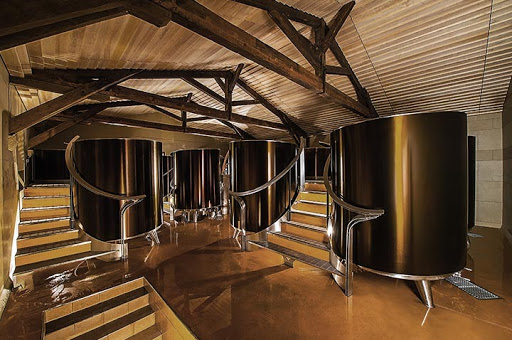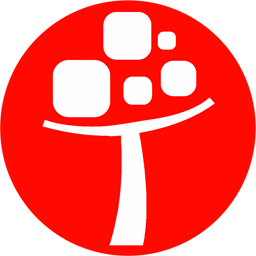Food Wine White
CHÂTEAU D'YQUEM SAUTERNES 2016
CHÂTEAU D'YQUEM SAUTERNES 2016
Containing 135 grams per liter of residual sugar, the pale lemon-gold colored 2016 d'Yquem leaps from the glass with honeyed apricots, pineapple, green mango, crushed rocks, candied ginger, coriander seed and citrus peel with hints of orange blossom. The palate is very tightly wound, vibrant and refreshing with layer upon layer of minerals and spices, finishing with epic poise and persistence.
THE HISTORY OF YQUEM
400 YEARS OF PASSION
The history of Château d’Yquem is like a novel, an epic saga full of events and colourful personalities spanning more than four centuries.
Château d’Yquem was almost English. During the Middle Ages, in fact, the estate belonged to the King of England, who was also Duke of Aquitaine at the time. In 1453, southwest France was once again brought under the dominion of the French crown by Charles VII and has stayed French ever since. A century and a half later, in 1593, a descendent of a local noble family, Jacques Sauvage, was given feudal tenure over Yquem. The Gironde department archives, as well as those of the château, show that special winegrowing practices and late harvesting already existed at this time. A few years later, the Sauvage family built the château and patiently set about constituting the present-day vineyard, plot by plot. The family became full owners of Yquem in 1711, during the reign of Louis XIV (by which time they had received noble status). In 1785, Françoise Joséphine de Sauvage d’Yquem married Count Louis Amédée de Lur-Saluces. Three years later, in 1788, the count died after a riding accident. His young widow thus became the head of the family and showed extraordinary acumen in managing the estate. The wine was already much appreciated by famous connoisseurs of the period, such as Thomas Jefferson. A staunch opponent of the excesses of the French Revolution who was thrown into prison on two occasions, Françoise Joséphine managed to hold on to the family property and make Yquem prosper. She built a new wine cellar in 1826 with her steward Garos – an audacious step at the time – transforming the estate into a true business and developing its international reputation. It was during her time as head of Yquem that the method of picking in several passes was perfected.
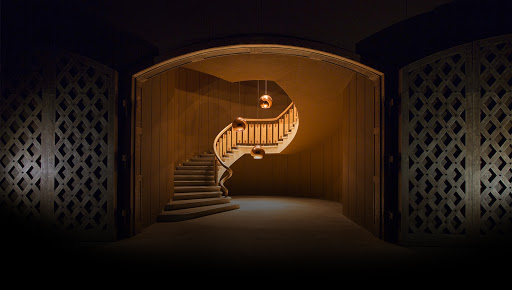
IN THE VINEYARD
Grape growing at Château d'Yquem remains very traditional. Fertiliser is exclusively organic and used sparingly. Furthermore, only 20 hectares are fertilised a year.
This compost maintains the soil's natural equilibrium while keeping it from becoming too rich or fertile, as this would prevent the vines from producing wines of character. Chemical weed killers are never used. The soil undergoes regular cycles of manual work: earthing up twice a year, unearthing twice a year, and countless other vineyard operations. The vines are severely pruned in early winter to limit yields and encourage maximum ripeness. The Sémillon is spur pruned (two to three renewal spurs with two buds), whereas the more vigorous Sauvignon Blanc is 90% spur pruned and 10% Single Guyot pruned. Château d'Yquem's twenty female vineyard workers are each assigned specific plots, so they become familiar with virtually each vine. Among other duties, they are responsible for green pruning operations such as bud pruning as well as tying up and removing side shoots. The final touch before the vintage is leaf thinning on the eastern side of some 700,000 vines so the grapes dry more quickly in the morning while continuing to protect the western side most exposed to rain.
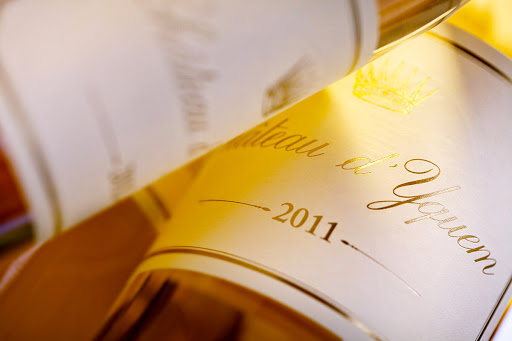
HARVESTING
When Botrytis cinerea develops normally, it attacks the grapes and colours them brown. The skins also become permeable, allowing the juice to evaporate.
The sugar levels inside the grapes become more concentrated, far in excess of normal ripening: 18-30° potential alcohol, i.e. 300-600 grams of sugar per litre!
Château d'Yquem's goal is to obtain musts with 20° potential alcohol (360 grams of sugar per litre). It is a daring gamble to obtain such concentration naturally, implying a long wait with the very real risk that the entire harvest may be lost as winter approaches. An increase from 18 to 20° alcohol decreases the volume of juice by an average of 50%. This largely accounts for Yquem's extraordinarily low yields (9 hectolitres per hectare on average).
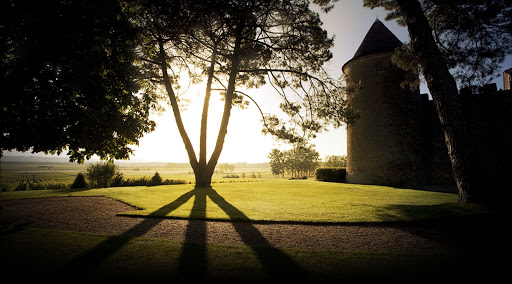
Grapes have been harvested the same way at Château d’Yquem for centuries. At vintage time, the château's work force increases by 200 pickers, divided into four groups. They scour the entire vineyard for grapes that are both botrytised and have attained maximum concentration. Harvesting at Yquem calls for picking in several passes.
Botrytis cinerea behaves differently depending on the plot, the bunch of grapes and even individual berries. Pickers select only the ripest, most "rotten" fruit. Any grapes that fall short of these criteria are left for the next pass. There are an average of five or six passes per vintage, spread over six weeks. However, in certain years, when the harvest starts in October and does not end until December, it is necessary to go through the vineyard more than 10 times – despite the risk that the vintage may not be worthy of the Yquem name.
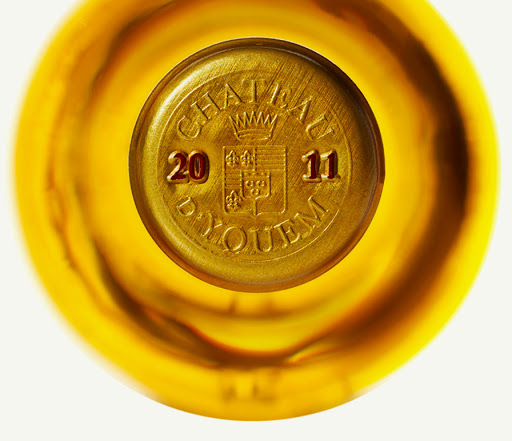
IN THE CELLAR
It takes no more than one hour for grapes picked at Château d'Yquem to arrive at the cellar. Pressing takes into account the texture and fragility of the fruit.
The grapes are pressed three or four times at Yquem. As opposed to other white wines, the sugar content and quality increase with each pressing. The first pressing in a pneumatic winepress produces 75% of the total juice, with about 19° potential alcohol. The second yields 15% of the total juice, with about 21° potential alcohol, while the third can reach up to 25°. The hard cake of pomace is then broken up, destemmed, and put through a low-capacity vertical press. If the harvest is very small, we use these same vertical presses exclusively, without recourse to pneumatic presses. Wines from the various pressings are blended before barrel fermentation.
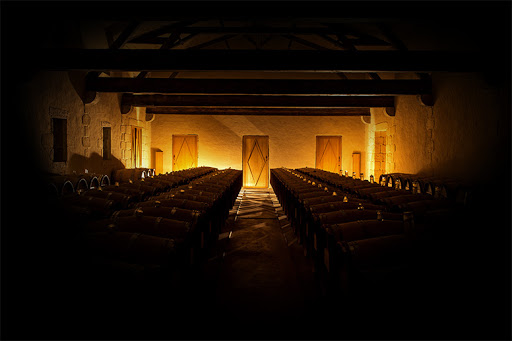
Unusually in Sauternes, fermentation at Yquem takes place in barrel to maintain maximum control over this most delicate and mysterious part of winemaking. Only new barrels are used each year. These are made with the finest stave oak from forests in the eastern part of central France. Each individual barrel is closely monitored, and the château's in-house laboratory carries out regular analyses. The most active musts finish fermenting in just two weeks. However, others can take up to six weeks. Fermentation stops naturally in all instances. The alcohol content at Château d'Yquem varies from 12.5° to 14.5° according to the sugar content of the must. The ideal figure is 13.5° with 120 to 150 g/l of g/l of residual sugar.
Wine made from grapes picked on the same day is aged separately for six to eight months. A preliminary blend is made from selected batches in the spring following the harvest. After taste tests and laboratory analyses, wines not up to the château's strict standards are set aside. The barrels that have been retained are then moved to the ageing cellar where they will stay for twenty months. Every barrel is topped up twice a week. This consists of adding wine to fill up the airspace created by evaporation at the top of the barrel. Furthermore, every barrel is racked fifteen times to remove heavy lees. Light sediment in suspension is removed by a process called fining. The rigorous selection process continues in the cellar. Towards the end of barrel ageing, a rigorous selection takes place at blind tastings. This will determine the final blend of Château d’Yquem.
